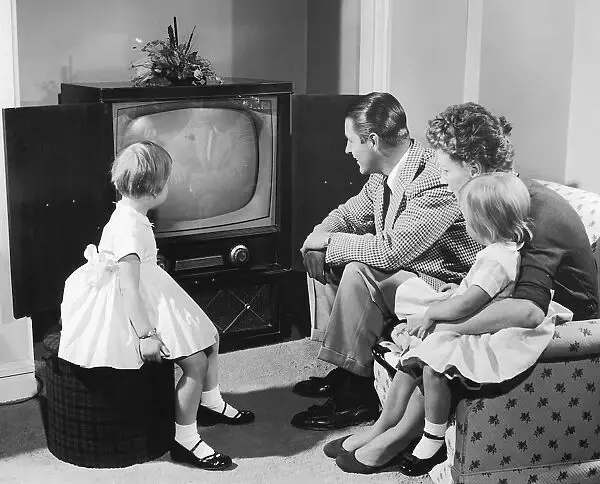1 Communications Big Thing: Know the audiences you need to reach, and meet them where they are
- Zach Goldberg

- Feb 22, 2024
- 3 min read
I believe there are Seven Big Things you need to ensure great communications for you and your organization. Adhering to each of these seven principles can help you thrive during any communications opportunity or challenge.
In this post, I’ll expand on one of the Big Things: Know the audiences you need to reach, and meet them where they are.
___________________________________________________________________________________________

The days of "Mass Media" - when you could broadcast
messages to a large audience - are long gone.
Imagine doing Public Relations 50 or 75 years ago. No social media, no cable news, no podcasts, no daily morning newsletters. There truly was “mass media” - a communications landscape dominated by a handful of newspaper, television, and radio outlets, reaching broad audiences.
You could broadcast messages widely to large audiences, with little need - or opportunity - to hypertarget messages.
Those days are long gone. Families aren’t sitting around the table in the morning reading the newspaper and huddling in front of the television in the evening to watch the news or listen to the radio.
With so many communications platforms and information bombarding us from every direction, it’s simply not possible to “broadcast to the masses.” You have to meet your audiences where they are and tailor your messaging using the platforms and mediums they prefer.
That’s not easy to do, but it can be done and is absolutely necessary to achieve your goals.
Here’s what you can do to effectively reach and engage your stakeholders:
Identify - Before you can engage with your audiences you need to determine who they are. What are you trying to accomplish and who do you need to engage with to be successful? Most likely you're going to connect with a diverse set of stakeholders, decison-makers, and consumers.
Research - As there are multiple sets of audiences you need to engage with, they will have varying preferences, habits, and behaviors for digesting news and information. Take the time to do research on how they consume news and information, including by conducting surveys and focus groups if you have the resources.
Build - Do you have ways to reach them? Do you have social and other owned channels already established to engage with your audiences in their preferred ways? If not, how quickly can you build them? Do your audiences belong to associations and membership groups with their own communications channels? Do you have a customized press list with a range of media outlets that your audiences regularly consume?
Tailor - While your core messaging should be consistent, how you deliver it will change based on the channel and platform. Understanding those channels and platforms will ensure that you appropriately customize your messaging and effectively engage with your audiences.
Adapt - For my first press job, we sent out press releases via a fax machine (“How do you do, fellow kids?”) Journalists preferred it that way. Then they didn’t and we (wisely) stopped sending releases via fax. Twenty years ago there wasn’t social media; now you’re missing out if you’re not engaging on Facebook, TikTok, Instagram, etc. Media outlets are constantly emerging and growing. You constantly must identify new ways to engage with your audiences where they are - not where you once were.
Ultimately, effective communication is about delivering the right messages to the right audiences at the right time. By meeting your audience where they are, you streamline this process, ensuring that your messaging resonates and drives the desired outcomes, whether it's raising awareness, increasing adoption, or securing advocacy wins.
Meeting your audiences where they are is not just a strategy - it's a mindset that prioritizes understanding. By meeting them where they are – whether it's through the news media, on social media, via email, or through other channels – you show that you understand and respect their preferences. This builds trust and strengthens the connection between you and your audiences.
Take the time to listen, observe, and adapt – your audiences are out there and they’re ready to engage with you.





Comments